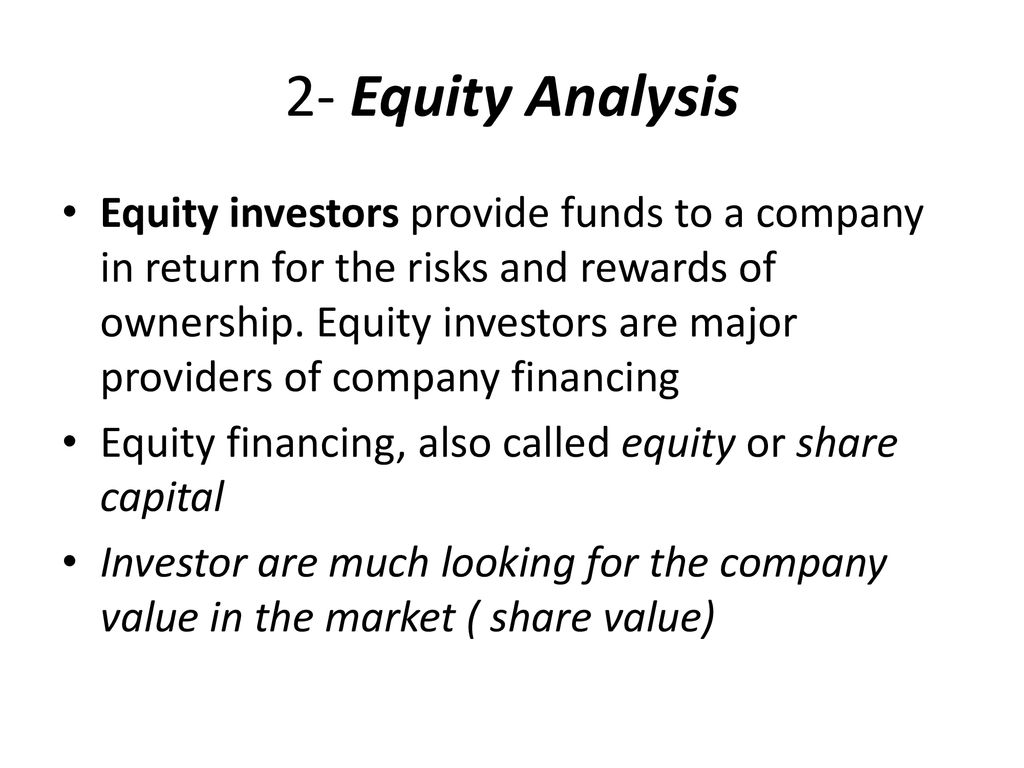In today's ever-changing financial landscape, investors are constantly seeking ways to boost their portfolios and amplify returns. Equity analysis has become an fundamental tool for both seasoned professionals and novice investors alike. By capitalizing on the knowledge of equity analysis specialists, individuals can gain a deeper understanding of market trends, identify rewarding opportunities, and make educated decisions that align with their financial goals.
Equity analysis is more than just observing stock prices; it entails a comprehensive analysis of companies, industries, and market indicators. Specialists in this field possess critical skills that equip them to evaluate the intrinsic value of stocks and assess potential risks. Whether it is through core analysis, which focuses on financial statements, or chart analysis, which examines price movements, these experts provide crucial guidance that can change an investor's approach. Utilizing their insights not only enables you to improve your portfolio but also provides you with the knowledge to manage the complexities of the stock market.
Comprehending Share Analysis
Stock analysis is a vital process that enables investors appraise the prospective results of equities. This process involves a detailed evaluation of different factors that can impact a company's share price. Analysts generally analyze financial statements, sector dynamics, market trends, and management effectiveness to create a holistic view of a company's health and growth potential. By grasping these factors, traders can make informed choices about purchasing or selling shares.
One major aspect of stock analysis is the separation between basic and chart analysis. Fundamental analysis is concerned with a firm's financial status by scrutinizing its income, turnover increase, and total business model. In opposition, technical evaluation relies on previous price trends and volume data to forecast future behavior. equity research report offer valuable perspectives, and integrating them can improve the effectiveness of an investor's plan.
Share evaluation is not just for seasoned traders or organizations; it is increasingly available to personal shareholders who desire to enhance their financial portfolios. With a plethora of tools on hand, including comprehensive studies and software tools, anyone can learn to carry out their own analysis. Engaging with financial analysts can further refine one's method, helping shareholders spot prospects and minimize risks while conforming their investment strategies with their financial goals. ### Essential Metrics for Stock Evaluation
As evaluating possible stock holdings, it's vital to examine multiple key metrics which offer a glimpse into a company's financial health and growth potential. A critical measure is Earnings per Share (EPS), which reflects a company's profitability. A higher EPS indicates a better profitable company, making it appealing to investors. Tracking trends in EPS over various quarters can demonstrate growth patterns, helping investors to spot reliable performers.
Another significant metric is the Price to Earnings (P/E) ratio, comparing a company's current share price to its earnings per share. A reduced P/E ratio might indicate that a stock is undervalued, while a high P/E ratio might indicate overvaluation or high growth expectations. Investors ought to take into account the P/E ratio in the context of the industry average, as different sectors can exhibit varying standards for what defines a "normal" P/E ratio.
In conclusion, the Return on Equity (ROE) is an important metric that indicates how effectively a company is leveraging shareholders' equity to generate profits. A higher ROE denotes efficient management and a potentially lucrative investment. Through the analysis of these metrics, equity analysis specialists enable investors to formulate sound choices and transform their portfolios by identifying stocks that suit their financial goals.
Expert Tactics for Portfolio Management
One of the key methods employed by equity analysis specialists is diversifying across sectors and investment types. This method helps mitigate potential losses and improves the potential for profits. By allocating funds in a mix of sectors, analysts can protect against declines in any one sector. This means that although one part of the economy faces challenges, other investments can help maintain overall investment stability.

Another critical strategy involves periodic adjustment of the investment mix. Financial experts stress the need to periodically assess and adjust the distribution of assets in accordance to performance and economic trends. This approach helps to capture profits and safeguard against excessive risk. Staying ahead of the curve allows stakeholders to respond to economic shifts and adjust their investments with their long-term financial goals.
Lastly, utilizing data analytics and data can significantly enhance decision-making choices. Financial professionals employ both fundamental and technical analysis to assess potential opportunities. By examining financial statements, economic trends, and past data, they can spot mispriced stocks and optimal entry points. This methodical approach enables stakeholders to make educated choices, thereby transforming their portfolio performance.
